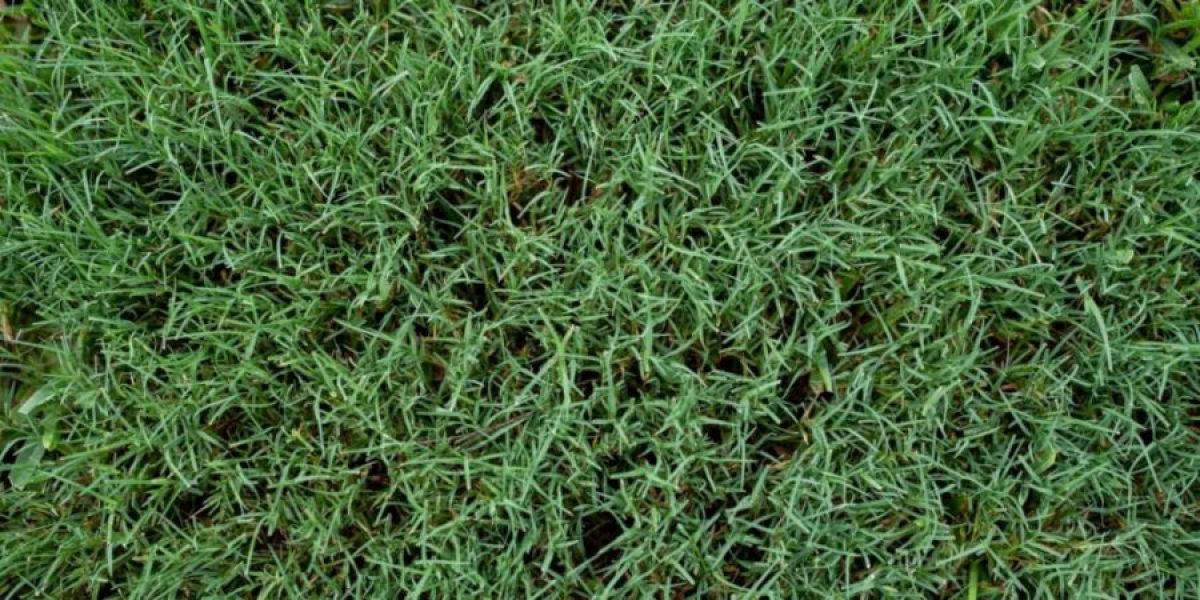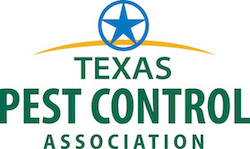Bermuda grass is fast becoming a very popular turf in the greater Houston area. Historically, Bermuda grass was used primarily for sports fields. However, many of our newer Houston area neighborhoods are choosing this grass in place of St Augustine. There are several reasons for this, outlined below.
Mowing Bermuda Grass:
Mowing heights can vary from season to season. In a nutshell, we recommend that you pick a height and stay with it. 2-3.5” works well. This will train the grass to perform as is intended. If you plan to keep it extremely short (like a golf course), you’ll need to use a reel mower. If you pull a blade of Bermuda grass, you will notice it looks like a palm tree. Brown stem at the bottom and green and bushy at the top. If you allow Bermuda to grow too tall in between mowings, you will cut off the green, leaving behind the brown stem creating an illusion of an unhealthy lawn. You may also notice that irregular heights in the grading of your lawn will cause brown “patches” to appear after mowing. This simply means the “green” was cut off at the high points.
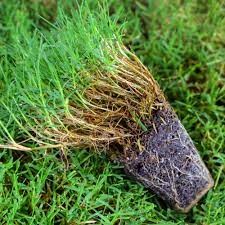
Weekly mowing during the growing season is a must. If maintained correctly, the grass can serve as a flower bed and tree bed barrier keeping your mulch, etc., in place. Use a blade edger (not a line trimmer) along concrete surfaces like sidewalks and driveways to create a nice crisp 90-degree angle. Your mowing blades want to be nice and sharp. Our goal here is to cut the grass rather than tear or shred it. During the dormant season (Dec-Feb), bi-weekly mowing is sufficient. More frequent mowing will be needed as the grass eases out of dormancy. Once the turf is fully out of dormancy, (April) weekly mowing is highly advised. Mulching your Bermuda grass clippings rather than bagging is also a good idea. Mulching puts all kinds of wonderful nutrients back into your soil. (Mulching does NOT add to the thatch layer).
Irrigation:
Irrigating your Bermuda grass is simple. Bermuda grass requires 1/2 as much water as St Augustine. First and foremost, more water does NOT mean more green. Too much irrigation leads to insects, fungus, and other pathogens and will drown out your Bermuda. As a VERY general rule of thumb, our local weather provides enough water for our grass all the way thru April, so irrigation up to this point is probably not necessary. When you do water, water to a depth of about 6”. You’ll know when your grass needs watering because the blades will curl in. Once the hot, dry season starts, mid-June-September, you may find that a good drenching once or twice a week is necessary. Once October hits, you can start thinking about turning your system completely off. Please keep in mind these are general guidelines, as mother nature will not be boxed in with hard and fast rules. Let common sense prevail here. Err on the side of too little water with your Bermuda lawn.
Disease:
Bermuda grass can be very susceptible to several funguses. Brown patch and Grey leaf spot are probably the most common that we see. A distant second would be Dollar Spot. All of these pathogens can be mitigated by properly watering. Brown patch is most common in the early spring when the evenings are still cool, but the days have begun to warm up, and people begin to irrigate again. The same cycle is repeated in the early fall. Brown patch starts off looking like a donut. As the pathogen progresses, the shape may become irregular. A “copper” colored ring is the easiest way to tell if it is still active. Left unchecked, brown patch can create serious havoc on the well-being of your turf. Grey leaf spot is a little more difficult to detect but easily recognizable to your turf professional. A well-balanced fertilization plan with plenty of bio-nutrition works wonders to lessen the severity or even eliminate outbreaks.
Pests:
While numerous pests affect Bermuda, the two most common ones we see are Sod webworms & armyworms. A good insecticide program will mitigate, if not completely eliminate them. Sod webworms eat at night and can do a significant amount of damage in a very short period of time. A good Sod Web Worm program is budget-friendly and will give you peace of mind and protection. More good news is the sod webworm insecticide will also rid you of armyworms. It’s a “BOGO”!
Fertilizing Bermuda Grass:
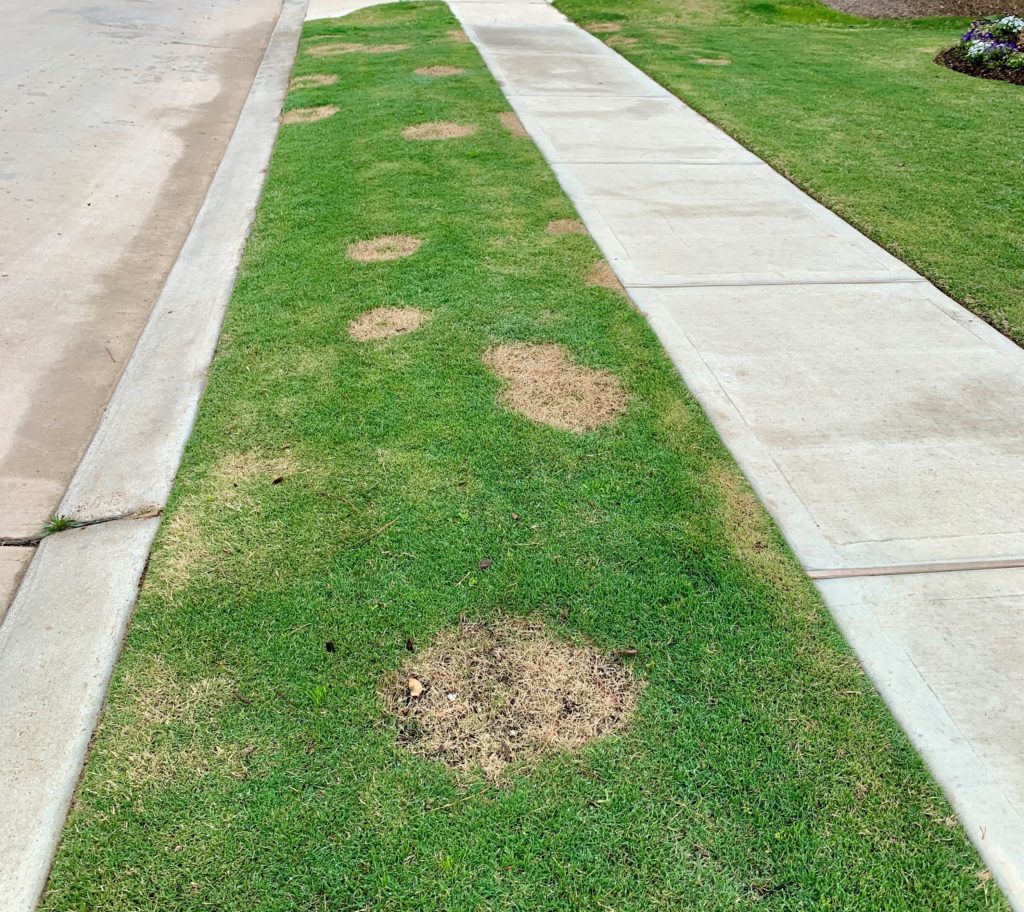
Fertilizers like everything else, come in good, better, and best. When possible, use the best you can find. Yes, nitrogen is wonderful to help green the grass quickly during the growing season, but like caffeine, it wears off quickly. A balanced bio-nutritional program will give you the season-long, thick green grass you’re looking for. Weed prevention starts with quality pre-emergents. Remember that pre-emergents are not universal in the weeds they prevent. Each pre-emergent prevents the next season of weeds from germinating.
Timing is everything with pre-emergents. You’ll need to get these out before your targeted weeds begin to germinate. Post emergents (weed killers) are also NOT universal in the weeds they kill. You will probably require at least 3 different types of weed killers to cover all your bases. Follow the labels closely; more is NOT better. Lastly, NEVER use roundup to kill weeds on your lawn. Roundup is a non-selective, which means it kills EVERYTHING it touches.
Soils:
Greater Houston soils are awful at best. Heavy clay and gumbo are most typical. Soils hold the key to a successful lawn. Enemy number one is high ph levels. We like to see ph levels at 6.5 or less. High ph and salt levels cause a myriad of problems. First, they bind up your soils, creating compaction and minimizing the oxygen and water flow in and around the roots of your turf. They also prevent the turf from accessing the nutrients that are being put out. A quality soil test and analysis will identify any issues your soils may be having and should be performed at no charge by any quality fertilization service company. Salt enters your soil profile thru cheap fertilizers and city water thru irrigation. Focus on a fertility program that works to break down the salt and lowers ph levels.
Aerating:
We absolutely love aeration, especially with our compacted, salty soils. Compaction comes in 2 forms. The first and most obvious is from normal traffic, such as kids playing on it and mowing it. But our most common & harmful form of compaction is chemical bonding. As ph and salt levels rise in your soil, they chemically bond the soil colloids. As this continues to worsen, the soil becomes more rigid, preventing oxygen and hydration from freely moving about the soil. Any nutrition that would be available to the plant is also bound up, preventing the plant from accessing it.
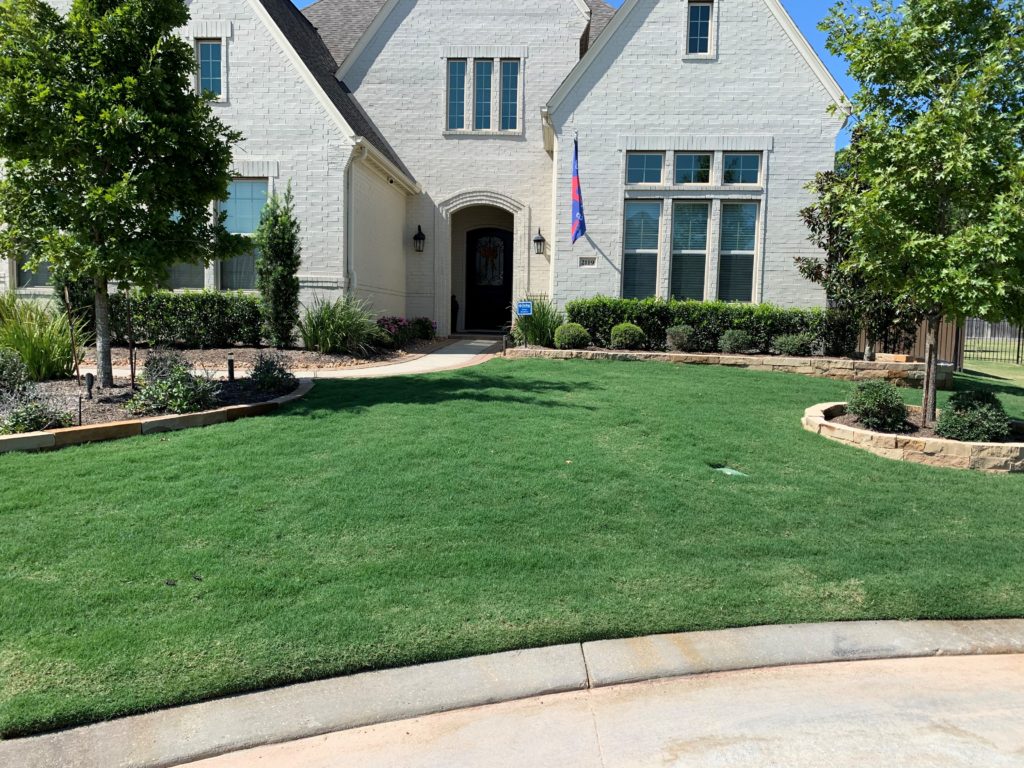
There are several ways to Lawn Aeration aerate your lawn. Historically, plug aeration was used to loosen up the soil by removing a 2.5” plug of dirt about the diameter of a quarter and depositing it on top of the turf. The primary drawback was it only worked on about 20% of the lawn and did nothing to break down the more damaging chemical bonding. Technology now allows us to apply liquid aeration. Liquid aeration covers 100% of your lawn and works to loosen surface tension with highly oxidizing materials and biostimulants. A quality liquid aeration program will also break down thatch, increasing oxygen movement and reducing insect and fungal pressure. However, the most fantastic benefit is that it also works to break down the chemical bonds freeing up all kinds of great nutrition and washing out the salt. A golf course will typically aerate five times a year; we recommend 2x’s a year. Spring/Fall. Liquid aeration can be performed at any time of the year.
Other Misc. Stuff You’ll Want to Know About:
How fast will my Bermuda grass fill in bare areas?
Under perfect growing conditions, like a sod farm, Bermuda will grow laterally, approximately 1.5 inches every two weeks. However, most homes do not enjoy “perfect” growing conditions. Bermuda grows by the use of stolons, rhizomes, and seeds.
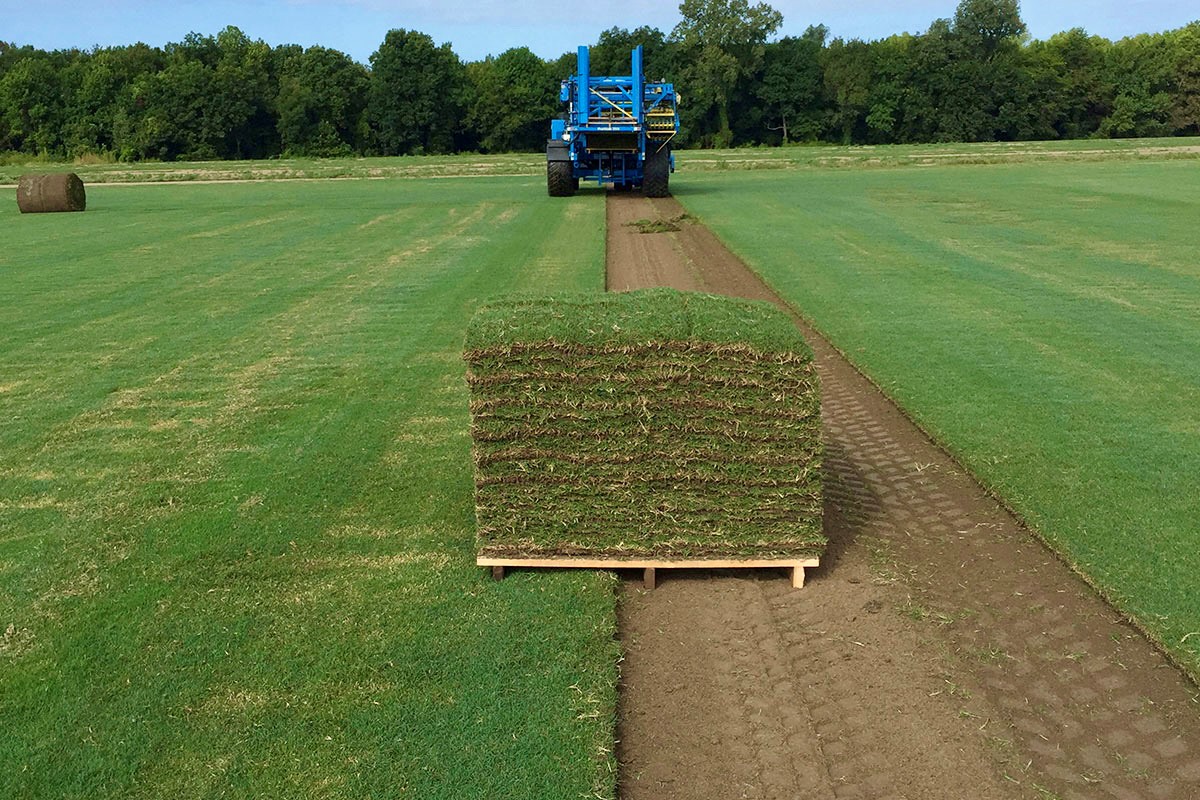
How much sunlight does my Bermuda grass need?
This one is very simple. Bermuda grass needs a MINIMUM of 60% available hrs per day of good sunlight, with no exceptions. This is a minimum, and favorable results are questionable at this rate. Filtered sunlight through trees does not count. Full sun is best. A minimum amount of photosynthesis is absolutely necessary. Without it, the grass will begin to thin and continue to die back or struggle. Trimming low-hanging branches, cutting back scrub material, or even removing a few trees are a couple of strategies to increase sunlight. Increasing the size of your beds around shady areas may also help “fill in” areas that won’t grow from too much shade.
When does my Bermuda grass go dormant and brownout?
All grass goes dormant during the winter months, and nothing to be concerned with. 2 primary factors that affect dormancy are daylight hours and soil temperatures. As the daylight hours lessen, a hormonal response is triggered in the Bermuda grass to start growing more slowly. Also, during this time, the grass is trying to gobble up nutrients to prepare for next spring. Bermuda is extremely sensitive to cold weather. A fall cold snap can brown out Bermuda over a weekend. If soil temps can remain below 58 degrees, the grass can maintain some green color. A more severe browning will occur if soil temps drop below 58 degrees. This is perfectly natural and part of the life cycle. With a high-quality fertilization program, the grass typically stays greener for longer periods of time due to the high microbial heat-generating activity. If you’d like that green golf course look all winter, look into lawn pigmentation.

